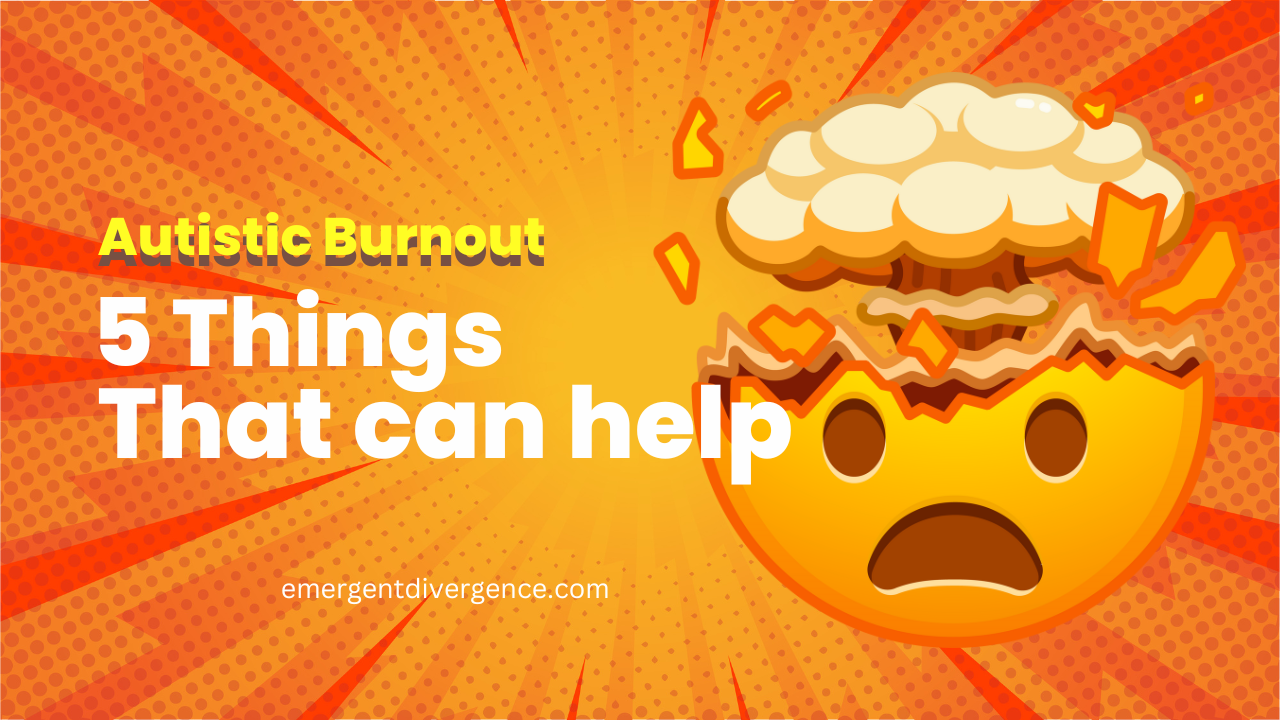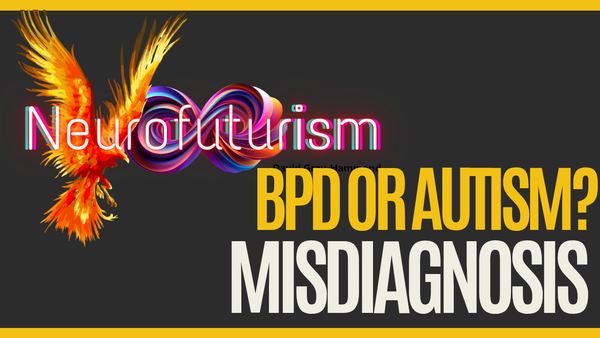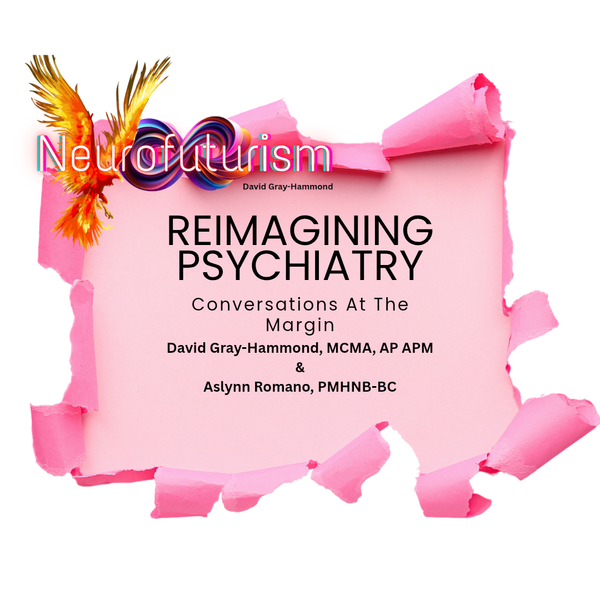Autistic burnout: How do you recover?
Autistic burnout is a unique struggle for each individual, impacting cognitive and physical resources. Recovery involves understanding personal needs, setting protective boundaries, avoiding excessive limitations, and allowing time for focused activities. Celebrating small victories and seeking ment

One of the age old questions of the Autistic community is how does one actually recover from Autistic burnout? This is perhaps one of the most important questions we can encounter because the state of burnout can literally change our lives, and at least in the immediate sense, not for the better. So what do we need to know to recover? What does recovery look like? Are there any tried and tested methods? In order to answer these questions, we first have to know exactly what burnout is.
What is Autistic burnout?

"Having All of Your Internal Resources Exhausted Beyond Measure and Being Left with No Clean-Up Crew"
Raymaker et al, 2020
It is a state wherein an Autistic person has expended all of their cognitive and physical resources to the point that it is now impacting upon their quality of life. Not everyone experiencing Autistic burnout is able to stop, and it can take multiple different observable forms (Adkin, 2023; Adkin & Gray-Hammond, 2023a; Adkin & Gray-Hammond 2023b; Gray-Hammond, 2024).
5 things to help with Autistic burnout
- Understand your needs
- In order to recover from burnout, we need to know about what our needs are as an Autistic person. These needs might be things such as sensory experiences that we seek out or avoid, communication needs (which may change over time), needs around personal time, how we engage with demands (particularly with regards to parenting or professional life), and any help we need to advocate for ourselves. This is not an exhaustive list, and you should spend some time thinking about this.
- Set Boundaries
- Once you have got a grasp on what needs you have that need to be met, you can get to work meeting them. Often to do this requires us to rethink and set boundaries in our life that are protective. When setting boundaries, remember it is not your job to please people, but to make life manageable.
- Don't let your world shrink
- There can be a temptation to set boundaries that lock us into our comfort zone. Boundaries have to be movable where required. Setting boundaries in too strict a manner can cause our world to effectively shrink and in turn make recovery harder. Boundaries are important, but so is extending them when we are ready and able.
- Make time to hyperfocus on things
- Autistic people tend to naturally fall into hyperfocus, which has been conceptualised as monotropic flow-state (Murray et al, 2005). Allowing our attention to be pulled in too many directions will lead to monotropic split (Adkin, 2022) and make burnout harder to recover from. We need time to get into flow-state in order to recover. It's restorative.
- Be kind to yourself and celebrate the small victories
- As Autistic people we internalise a lot of the world ableism. When we enter burnout the temptation can be to beat ourselves up over it. Autistic burnout is not our fault, it is the natural consequence of living in a world not designed for our neurocognitive style. With this in mind, remember to celebrate each sign of improvement in your own way. No one else can tell you what is or is not an achievement; there is nothing too small to be a win.
Autistic burnout can change you
Yes, it's true. Going through periods of burnout, particularly extended periods of burnout, can and does change you. It's a traumatic experience that can have a big impact on your internal world. Here's the thing though, it should change you. If burnout doesn't change your internal world and the way that you are living your life, you are likely to become locked into a constant cycle of burning out again and again. If we don't do something differently, then we can't expect different results.
Burnout and mental health
Psychiatric treatments for Autistic burnout are not usually considered appropriate by Autistic people (Higgins et al, 2021). It's important to note however that Autistic people can develop mental health issues over the course of Autistic burnout, or may antagonise pre-existing mental health conditions during burnout. Where this is the case, it is important to seek support regarding your mental health. This can often be a situation where having an advocate can be helpful given the challenges that Autistic people often experience accessing mental health services.
Whatever you experience as burnout, please remember that there are ways out of it. You do not need to feel that way forever. There can be a tendency during times of crisis to lose sight of the temporary nature of many life experiences and assume that negative ones will persist forever. You deserve recovery, and you will find a way to it. Never forget that there is an entire community of Autistic people out there who will be more than willing to help you find the method of burnout recovery that works for you. Don't lose hope.
References
Adkin, T. (2022) Guest Post: What is monotropic split?. Emergent Divergence. https://emergentdivergence.com/2022/07/14/guest-post-what-is-monotropic-split/
Adkin, T. (2023) What is meerkat mode and how does it relate to AuDHD?. Emergent Divergence. https://emergentdivergence.com/2023/06/06/what-is-meerkat-mode-and-how-does-it-relate-to-audhd/
Adkin, T. & Gray-Hammond, D. (2023a) Creating Autistic Suffering: What is atypical burnout?. Emergent Divergence. https://emergentdivergence.com/2023/05/12/creating-autistic-suffering-what-is-atypical-burnout/
Adkin, T. & Gray-Hammond, D. (2023b) Creating Autistic Suffering: The AuDHD burnout to psychosis cycle- A closer look. Emergent Divergence. https://emergentdivergence.com/2023/06/05/creating-autistic-suffering-the-audhd-burnout-to-psychosis-cycle-a-deeper-look/
Gray-Hammond, D. (2024) Autistic Burnout: When the Autistic brain overloads. Emergent Divergence. https://emergentdivergence.com/2024/03/20/autistic-burnout-when-the-autistic-brain-overloads/
Higgins, J. M., Arnold, S. R., Weise, J., Pellicano, E., & Trollor, J. N. (2021). Defining autistic burnout through experts by lived experience: Grounded Delphi method investigating# AutisticBurnout. Autism, 25(8), 2356-2369.
Murray, D., Lesser, M., & Lawson, W. (2005). Attention, monotropism and the diagnostic criteria for autism. Autism, 9(2), 139-156.
Raymaker, D. M., Teo, A. R., Steckler, N. A., Lentz, B., Scharer, M., Delos Santos, A., ... & Nicolaidis, C. (2020). “Having all of your internal resources exhausted beyond measure and being left with no clean-up crew”: Defining autistic burnout. Autism in adulthood, 2(2), 132-143.


